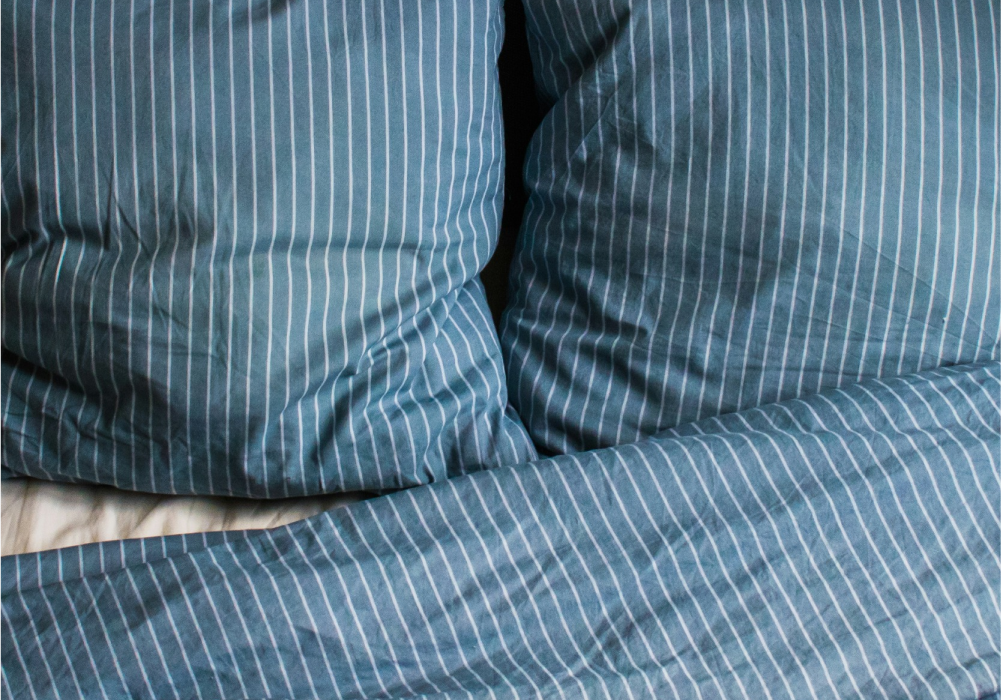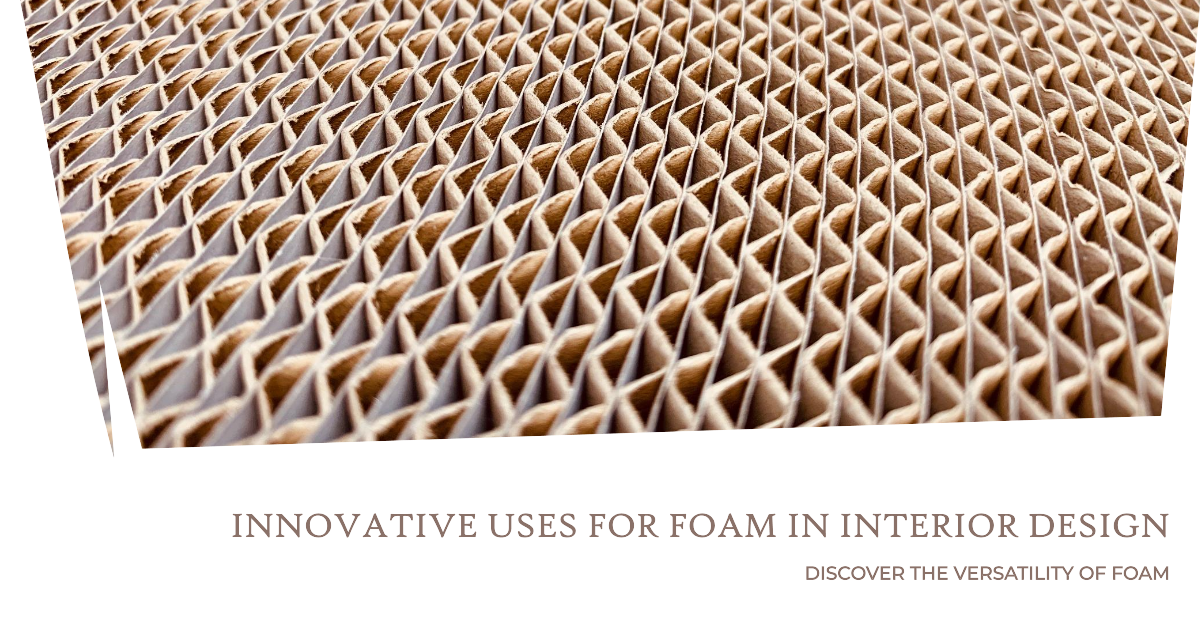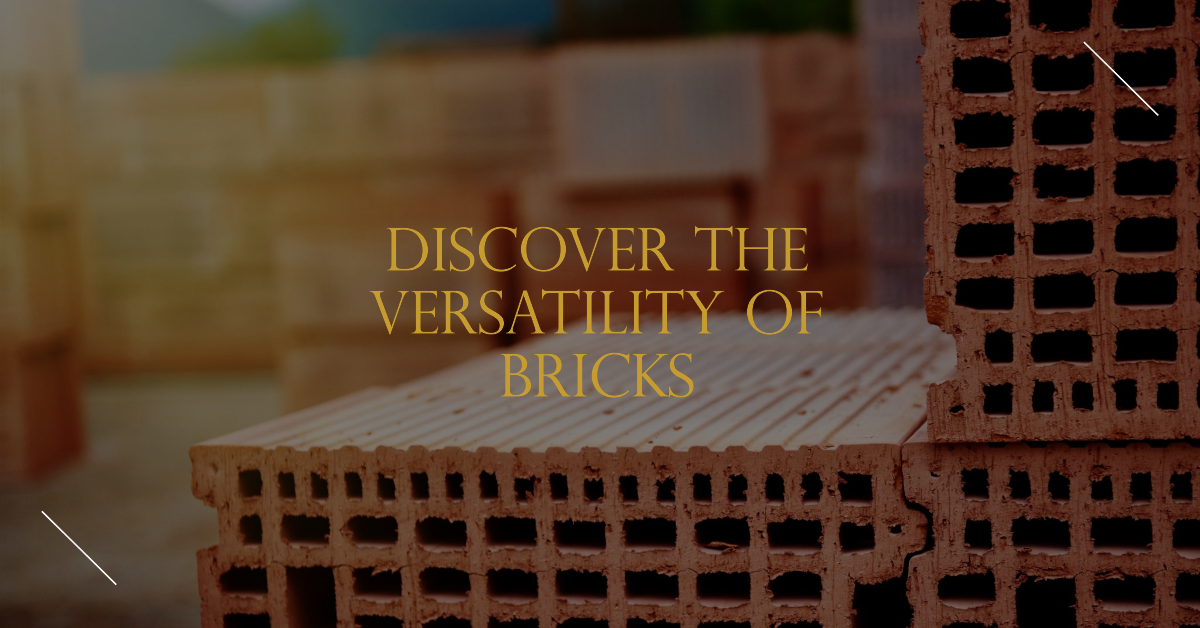Key Takeaways:
- The primary reasons behind bed sheet pilling include high friction (as we sleep in them) and exposure to direct sunlight. High temperatures can weaken the textile fibres, and harsh detergents further contribute to rapid pilling. To prevent fabric pilling, rotate and flip your bedsheets regularly and use window coverings (to avoid direct sunlight). Choosing good-quality sheets with durable weaves is also important.
- Overloading washing machines is the biggest culprit behind bedsheet pilling. When sheets don’t get enough space to move around, it results in uneven washing and tangling. To mitigate this risk, always put only the recommended amount or weight of clothing in the washing machine.
- Different kinds of fabrics exhibit different pilling behaviors. Long-staple cotton is mostly used for bedsheet manufacture and can withstand a lot; however, cheaper cotton bedding sheets use a shorter staple (length) of cotton which can pill more easily. Bamboo sheets, on the other hand, are more resistant to pilling. Similarly, for those lucky enough to afford woven silk, these sheets are less likely to get pills or bobbles whilst ensuring the sweetest night’s sleep!
We’ve all been there! Going to bed in your Bed Sheet, which after a several weeks and a few spins in the laundry become home to lint and pilling. If you are wondering why your sheets will pill so soon, you are not alone. This common challenge affects many people’s beddings making it difficult to achieve a relaxing sleep experience.
In this blog, we will explain the main causes behind bedsheet pilling and how to prevent your cotton sheets from getting pilled and bobbled. By implementing the tips and tricks mentioned below, you can extend your sheets’ lifecycle indefinitely and also enjoy restful sleep every night.
What causes fabric pilling in sheets?
If you are wondering why your lovely bedsheets start to pill even after spending so much money or getting the highest quality yarn count fabric, here are some possible reasons that you might be unaware of. Let’s take a look!
· Using too much detergent
Follow the dosing instructions! Most of the time, we pour too much detergent into the washing machine, unaware of how it could damage our clothing. The measuring cups in the washing machine are generally much bigger, and there is no need to fill them up (unless you are cleaning a very large load).
If you are seeing visible marks, faded colours, or stiff texture in your sheets, they are most probably being washed with extra detergent.
What happens when you use extra soap is that residue of dirt and detergent starts to build up in the textile fibres, which can weaken the fibres making them prone to breakage and shedding and ultimately speeding up the pilling process.
· Overloading the machine
You might have noticed people overloading their laundry machines by throwing pillowcases, sheets, and even towels all in one load. This not only ends in uneven cleaning and tangling but also increases friction in the washer.
Towels and quilts are generally considered to pill more due to loose weaves, rougher textures and heavier weights, which can add additional pilling from these items to transfer from one fabric to another.
· Low Thread Count
Finding the right balance of thread count for your sheets is extremely necessary. Cheap and poor-quality bed sheets are made of short staple (length) and thicker yarns, which quickly leads to a stiffer feel and more chance of the short fibre length in the yarns forming into pilling. On the other hand, a high thread count indicates that your sheets are of good quality, leaving a smaller chance of pilling as the longer staple yarns are harder to dislodge from the tightly woven fabric.
· Type of fabric
Some fabrics are more durable than others. By picking the right fabric, you can protect your sheets from getting shabby.
Cotton jersey or loose weave cotton is generally more susceptible to getting pilled in comparison to a tightly woven fabric. However, the staple length and quality of cotton can make a difference. Pima and Egyptian cotton sheets are made of long-staple cotton. If you take some precautionary measures, you can keep them fresh and brand new.
TENCEL fabric is highly resistant to bobbling. While they’re a great pick for tackling the pilling challenge, they are extremely delicate and require extra care.
Similarly, silk is naturally made of long fibres. In terms of qualities, it is highly similar to TENCEL with a great texture and handfeel for a restful night of sleep, but they are generally much more expensive and require extra TLC, which is why they are not a great choice for everyday bedding.
How to remove pilling and bobbles from bedsheets?
Removing pilling from clothes is generally considered a quick and handy task, often handled with a lint roller or fabric shaver in just a few minutes. However, things can get tricky when dealing with larger surfaces like bed sheets.
Disposable solutions like lint rollers might seem convenient at first, but for large surfaces like bed sheets, they can become a money drain and an environmental concern. The sheer size of a sheet requires multiple passes with the lint roller, meaning you’ll need more adhesive sheets or papers overall. These extras result in increased costs and contribute to waste, making them unsustainable in the long run.
Other than this, all of the manual tools to remove lint and pilling may require a lot of work to cover the entire sheet, and even then, some areas might be missed. This means that even after investing additional time and money in your bed sheet cleaning, the results might not be 100% effective.
Considering all of the above-stated factors, many people are searching for more efficient ways to combat pilling on bed sheets. Ideally, a solution should be effective, time-saving, and sustainable for both you and the environment.
Our best pick is the BIORESTORE Re-Tergent. This laundry powder removes lint and pilling in cotton and cotton blend bed sheets while also restoring the colour and texture of the fabric. It is like an upgraded version of detergent that addresses challenges far beyond regular cleaning and laundering.
Unlike traditional pilling removal methods, you don’t need to spend extra time depilling your sheets. Just put the laundry powder in the washer and wait for the results. The process to remove pilling from clothes via BIORESTORE is pretty simple.
- Add a box of BIORESTORE with the recommended amount and weight of sheets.
- Run a 40ºC/114ºF cotton or eco-mode wash for 2 hours.
- Finish with tumble drying.
If you are cleaning a fabric that doesn’t allow machine drying (for instance, 100% cotton), you can rinse it off with a little detergent and then let it dry naturally.
Wrapping it up!
Lint, bobbles, and pilling are inevitable. No matter how much you spend on getting the cosiest sheets, you still have to debobble them after some time in order to maintain their colour and hand feel. By choosing an appropriate fabric care and pilling remover such as BIORESTORE, you can preserve the freshness of your bedding for longer.
Here’s to happy sleeping nights!





